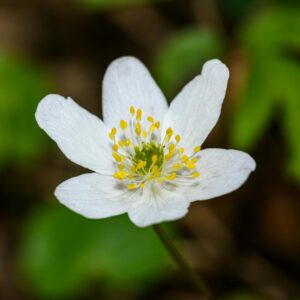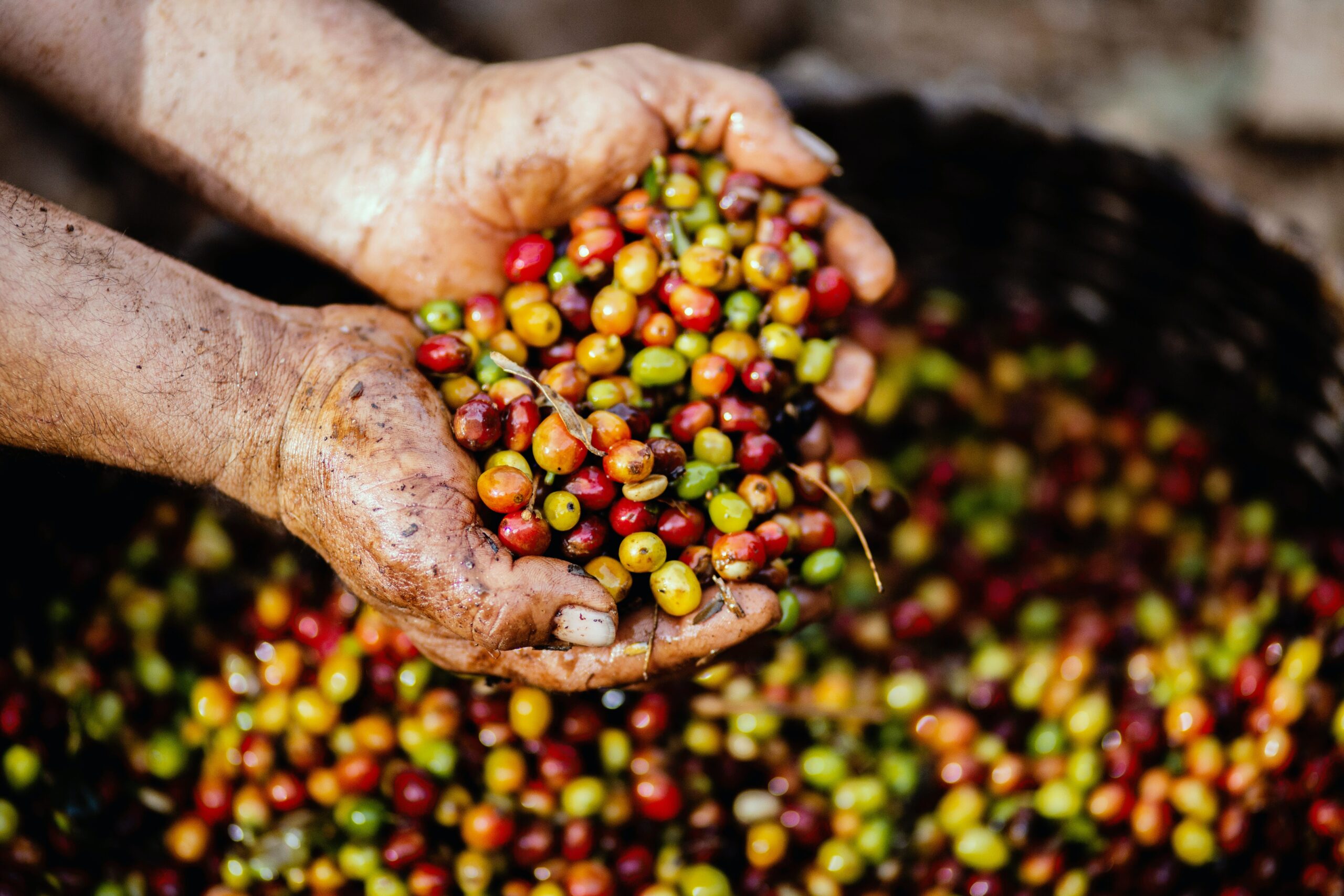Introduction:
Varicose veins, characterized by twisted and enlarged veins, can be both a cosmetic concern and a source of discomfort for many individuals. While conventional treatments often involve surgical procedures, homeopathy offers a holistic and natural approach to address varicose veins. In this blog, we will explore six powerful ways in which homeopathy can be utilized to treat varicose veins, focusing on individualized care and promoting overall vascular health.
1. Hamamelis Virginiana (Witch Hazel):
Hamamelis Virginiana, commonly known as Witch Hazel, is considered an effective homeopathic remedy for treating varicose veins due to its specific indications and properties within the context of homeopathy. Here are some reasons why Hamamelis is often utilized in homeopathic treatment for varicose veins:
Heaviness and Aching Sensation:
Hamamelis is well-suited for cases where individuals experience a sensation of heaviness and aching in the affected veins. This is especially true when the veins are distended and swollen. The remedy is chosen based on the individual’s specific symptoms, making it a personalized approach within homeopathic principles.
Bruising Tendency:
One of the distinctive features of Hamamelis is its association with a tendency for veins to bleed easily. If varicose veins are accompanied by a propensity for bruising or if there is a history of bleeding from the veins, Hamamelis may be considered in the homeopathic treatment plan.
Relief from Cold Applications:
Individuals who experience relief from cold applications, such as cold compresses or cold water, may find Hamamelis to be particularly beneficial. This characteristic is considered in the homeopathic prescription process, where the patient’s response to temperature and environmental factors is taken into account.
Varicose Veins Resulting from Injury:
Hamamelis is often indicated in cases where varicose veins result from injury or trauma. If there is a history of physical trauma to the veins leading to their enlargement and discomfort, Hamamelis may be chosen as a homeopathic remedy to address both the acute and chronic effects of the injury.
Individualized Treatment:
Homeopathy emphasizes individualized treatment based on the unique symptoms and constitution of each person. Hamamelis is selected when the specific symptoms align with the remedy’s known properties. This personalized approach distinguishes homeopathy from conventional treatments, which often follow a more generalized approach.
Anti-Inflammatory Properties:
Witch Hazel, the herbal extract from which Hamamelis is derived, is known for its anti-inflammatory properties. In homeopathy, Hamamelis is chosen not only for its physical characteristics but also for its potential to address the inflammatory component associated with varicose veins.
Overall Vascular Support:
Homeopathic practitioners may prescribe Hamamelis to support overall vascular health. The remedy is believed to have a positive influence on the tone and elasticity of blood vessels, which can contribute to the reduction of varicose veins over time.
2. Pulsatilla Nigricans (Windflower):
Pulsatilla Nigricans, commonly known as Windflower, is considered an effective homeopathic remedy for treating varicose veins based on its specific indications and characteristics. Homeopathy views each individual as unique, and the selection of remedies is based on the person’s overall constitution and the specific symptoms they exhibit. Here are several reasons why Pulsatilla may be considered effective in treating varicose veins through homeopathy:
Sensation of Heaviness and Fullness:
Pulsatilla is often recommended when individuals with varicose veins experience a sensation of heaviness and fullness in the affected areas, particularly in the legs. This sensation can be accompanied by a feeling of tightness or pressure in the veins.
Relief from Cold Applications:
Individuals who may benefit from Pulsatilla often find relief from applying cold compresses or cool temperatures. This characteristic guides the homeopath in selecting the remedy, as the person’s symptoms are considered in the context of their response to temperature variations.
Worsening in Warm Environments:
Pulsatilla is indicated when varicose veins worsen in warm environments or with exposure to heat. This sensitivity to warmth can be a distinguishing feature that guides the homeopathic practitioner in choosing the appropriate remedy.
Shifting Pains:
One characteristic feature of Pulsatilla is the presence of shifting pains. Individuals with varicose veins who experience discomfort that moves or shifts within the affected area may find relief from this remedy. The pain is often described as aching or soreness.
Sense of Instability in the Veins:
Pulsatilla is considered when there is a sense of instability in the veins, contributing to the discomfort associated with varicose veins. This sensation of instability may be accompanied by a feeling of weakness in the affected veins.
Individualized Approach:
Homeopathy emphasizes individualization in treatment. Pulsatilla is selected based on a comprehensive assessment of the individual’s symptoms, temperament, and overall constitution. This personalized approach ensures that the remedy aligns with the unique characteristics of the person’s varicose veins.
Emotional and Mental Symptoms:
Pulsatilla is known for its influence on emotional and mental well-being. Individuals who may benefit from this remedy often exhibit emotional sensitivity, a desire for comfort and reassurance, and a tendency to weep easily. These emotional symptoms, when present alongside physical symptoms, contribute to the selection of Pulsatilla.
3. Aesculus Hippocastanum (Horse Chestnut):
Aesculus hippocastanum, commonly known as Horse Chestnut, is considered an effective homeopathic remedy for treating varicose veins due to its specific therapeutic properties that align with the symptoms associated with this condition. Here are several reasons why Aesculus hippocastanum is often recommended in homeopathy for varicose veins:
Improvement in Vascular Tone:
Aesculus is known for its potential to improve vascular tone, particularly in the veins. It may help strengthen the walls of the blood vessels, reducing their susceptibility to dilation and enlargement, which are common characteristics of varicose veins.
Relief from Heaviness and Fullness:
Individuals with varicose veins often experience sensations of heaviness and fullness in the affected areas, especially in the lower limbs. Aesculus is indicated when there is a dull, heavy pain and a sense of fullness in the legs, making it an appropriate remedy for those specific symptoms.
Addressing Venous Congestion:
Venous congestion is a key aspect of varicose veins, where blood flow becomes sluggish, leading to the pooling of blood in the affected veins. Aesculus is believed to alleviate venous congestion, promoting a smoother blood circulation and reducing the symptoms associated with impaired venous flow.
Reducing Swelling and Discomfort:
Aesculus is commonly prescribed when there is swelling associated with varicose veins. The remedy may help reduce edema and discomfort in the lower limbs, providing relief to individuals experiencing these symptoms.
Supporting Overall Vascular Health:
Homeopathy often considers the overall constitution of an individual in choosing a remedy. Aesculus is chosen not only for its specific effects on varicose veins but also for its potential to support general vascular health. This holistic approach aligns with the principles of homeopathy, which aims to address the underlying causes of symptoms.
Individualized Treatment:
Homeopathy emphasizes the individualization of treatment, considering not only the physical symptoms but also the unique characteristics and constitution of each person. Aesculus is prescribed based on a detailed understanding of the individual’s symptoms, including the specific qualities of the pain and discomfort associated with their varicose veins.
Preventing Further Complications:
By addressing the symptoms of varicose veins, Aesculus may help prevent further complications such as skin changes, ulceration, or inflammation. This can contribute to the overall well-being of individuals with varicose veins, reducing the risk of more severe manifestations of the condition.
4. Calcarea Fluorica (Calcium Fluoride):
Calcarea Fluorica (Calcium Fluoride) is considered an effective homeopathic remedy for varicose veins due to its unique properties and its ability to address specific symptoms associated with this condition. Here are several reasons why Calcarea Fluorica is often recommended in homeopathy for treating varicose veins:
Tissue Elasticity:
Calcarea Fluorica is known for its influence on maintaining and restoring elasticity in tissues, including blood vessel walls. In the context of varicose veins, this remedy is thought to contribute to the elasticity of the veins, potentially aiding in reducing the distension and enlargement characteristic of varicose veins.
Hard and Nodular Veins:
Calcarea Fluorica is often prescribed when varicose veins feel hard and nodular to the touch. In cases where the veins have become lumpy or knotty, this remedy is believed to have a softening effect on the tissues, potentially helping to alleviate the hardness associated with varicose veins.
Venous Insufficiency:
Varicose veins are often linked to venous insufficiency, where the valves in the veins are weakened, leading to blood pooling and vein enlargement. Calcarea Fluorica is thought to have a toning effect on the blood vessels, potentially assisting in improving venous circulation and reducing the symptoms of venous insufficiency.
Prevention of Further Enlargement:
Calcarea Fluorica is often considered when there is a tendency for the varicose veins to become progressively enlarged. By addressing the underlying weakness in the vein walls, this remedy is believed to play a role in preventing further distension and reducing the risk of worsening symptoms.
Varicose Ulcers:
In cases where varicose veins have led to the development of ulcers, Calcarea Fluorica may be recommended. This remedy is believed to support the healing of ulcers associated with varicose veins and promote overall tissue repair.
5. Arnica Montana (Leopard’s Bane):
Arnica Montana is often considered an effective homeopathic remedy for treating varicose veins due to its unique properties and the specific symptoms it addresses. Arnica Montana, also known as Leopard’s Bane, is derived from the Arnica plant and has a long history of use in homeopathy for various conditions, particularly those associated with trauma, bruising, and inflammation. Here are several reasons why Arnica Montana is considered effective in the context of homeopathic treatment for varicose veins:
Anti-Inflammatory Properties:
Arnica Montana is renowned for its anti-inflammatory effects. In the case of varicose veins, inflammation can contribute to discomfort, swelling, and a sense of soreness. Arnica’s ability to reduce inflammation may help alleviate these symptoms.
Trauma and Bruising Relief:
Arnica is often indicated for conditions resulting from trauma or injury. In the context of varicose veins, especially when there’s a history of trauma to the affected area, Arnica may help reduce bruising, soreness, and pain associated with the veins.
Pain Reduction:
Varicose veins can be accompanied by pain, ranging from aching to throbbing sensations. Arnica is known for its analgesic (pain-relieving) properties, making it valuable for individuals experiencing varying degrees of pain associated with varicose veins.
Improved Blood Circulation:
Arnica Montana may contribute to improved blood circulation. In the context of varicose veins, enhanced circulation can be beneficial for reducing stagnation and promoting the overall health of the vascular system.
Minimizing Swelling:
Swelling is a common symptom of varicose veins, and Arnica’s anti-inflammatory properties may help reduce swelling in the affected areas. This can contribute to a more comfortable experience for individuals dealing with varicose veins.
6. Vipera Redi (Viper’s Venom):
In homeopathy, Vipera Redi (Viper’s Venom) is considered an effective remedy for treating varicose veins due to its specific properties and indications. While individual responses to homeopathic remedies can vary, here are some reasons why Vipera Redi may be recommended in the context of varicose veins within the homeopathic framework:
Throbbing Pain and Heat:
Vipera Redi is often indicated when there is a sensation of throbbing pain in the varicose veins. The affected areas may also feel hot and inflamed. This remedy is chosen based on the specific symptoms of heat and pulsating pain that the individual is experiencing.
Swelling and Edema:
Varicose veins can be associated with swelling and edema in the affected areas. Vipera Redi is known for its affinity for addressing these symptoms, particularly when the swelling is accompanied by a sense of fullness and tension in the veins.
Dark Purple Appearance:
The color of the varicose veins can be a characteristic factor in homeopathic remedy selection. Vipera Redi is often considered when the veins have a dark purple appearance. This color indication is one of the factors that help homeopaths tailor the remedy to the individual’s specific symptoms.
Aggravation in Warm Weather:
Individuals with varicose veins may experience worsened symptoms in warm weather. Vipera Redi is known to be particularly effective in cases where heat exacerbates the discomfort and pain associated with varicose veins.
Thrombophlebitis and Blood Clots:
Vipera Redi may be considered in cases where there is a risk or presence of thrombophlebitis (inflammation of a vein with the formation of a blood clot). It is believed to have an impact on blood coagulation and may help in reducing the risk of clot formation in the varicose veins.






My mother has this condition. Please let me know pricing and treatment option. We have gone to hospital many times and problem has not been solved. Pls email
Hi steven, its definately can treated with homeopathy. The first time consultation costs $120 inclusive of medication, the followups cost $90.